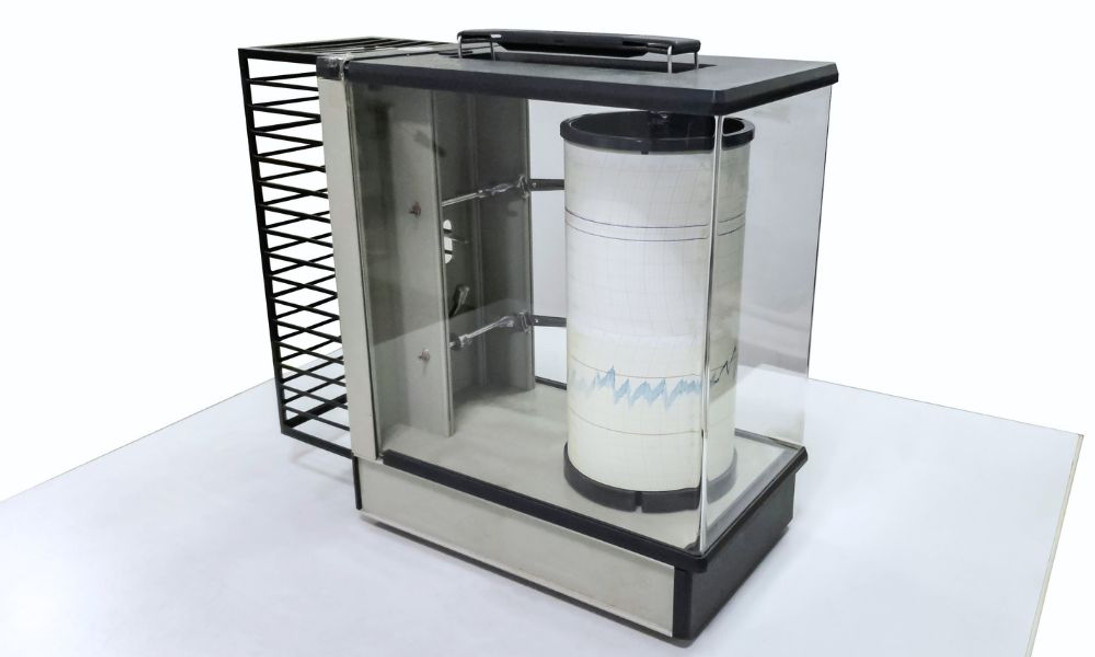20th Jul 2023
Differences Between Chart Recorders and Data Loggers
Did you know that many data loggers can’t produce real-time visualizations of recorded data? Learn more about the key differences between chart recorders and data loggers.
Physical Recordings vs. Digital Storage
Chart recorders offer a unique advantage for physical recordings. They use a pen to mark data on paper, creating a real-time, visual representation of the conditions being monitored. This recording method provides an easy-to-read, physical copy of data that can be reviewed at a glance. The hard copy produced by chart recorders is often favored in industries like manufacturing or pharmaceuticals, where tangible proof of conditions is crucial for regulatory compliance or quality control. These physical records are durable and not susceptible to digital errors or data loss, adding a layer of reliability.
In contrast, data loggers operate by storing readings digitally. This method of recording might not always provide immediate visual feedback like chart recorders. However, it’s a more efficient data management process. For example, data logger technicians can quickly share recorded data with multiple team members without producing duplicates of the recordings. Keep in mind that the technical complexities of data loggers and digital data management often require extensive training to teach employees how to operate these devices.
Cost Considerations
Chart recorders present a more affordable option than data loggers. This mechanical technology almost always carries a lower price tag than advanced data logging devices. Maintenance for chart recorders is affordable, as well. Replacing a chart recorder is more cost-effective than replacing a data logger if it becomes damaged. Additionally, chart recorders can be less expensive in terms of operational costs. They require less money for training and programming because they are more straightforward to use and don't require complex software or technical expertise to operate.
While data loggers have high initial investment and maintenance costs, they eliminate the need for ongoing supply expenses. Data loggers store their readings digitally, removing the necessity for consumables. Still, those costs are often manageable for many businesses and required in many industries. Consider the upfront and long-term operating costs when deciding which device is the most economical for your operation.
Environmental Considerations
Chart recorders have a distinct advantage of durability. They are built with industrial-grade materials that can withstand harsh conditions, such as extreme temperatures or humidity. They are ideal for manufacturing and oil and gas industries. Another notable advantage of chart recorders is their independence from power sources and electrical infrastructure. Many models function effectively in areas with an inconsistent power supply, making them suitable for remote locations or fieldwork. Lastly, chart recorders represent a tried-and-true recording method that has stood the test of time. Even after a century of use, the chart recorder is still valuable to various industries, which is a testament to its reliability.
Understanding the key differences between chart recorders and data loggers ensures you have the ideal equipment for your business. Ensure you’re poised for success by supplying your recording devices with high-grade chart recorder pens and related products from Recorders Charts & Pens!

